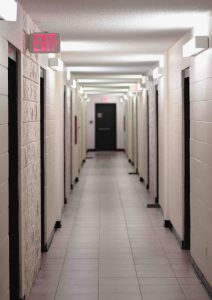While most residents of San Diego County who have loved ones in nursing homes are not thinking about risks of dehydration when they worry about elder abuse and neglect, it is important to know that dehydration is a serious issue that can lead to severe and life-threatening harm. Much too often, nursing home residents become dehydrated and suffer serious harm because employees at the facility failed to provide a reasonable level of care. Indeed, according to an article in Reuters, “people in nursing homes are more likely to be dehydrated than elderly people living in the community.”
What do you need to know about dehydration risks in nursing homes in San Diego County? Consider the following when you are looking for a facility for a loved one or assessing a loved one’s risk of injuries in a skilled nursing facility in Southern California.
Common Causes of Dehydration in Nursing Homes
 Southern California Nursing Home Abuse Lawyer Blog
Southern California Nursing Home Abuse Lawyer Blog











